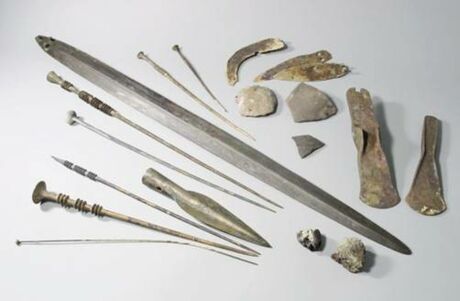Pile dwellings around the Alps

Over the past decades, pile-dwelling research has made a significant contribution to the establishment of a true-to-life picture of the past. Our knowledge of early settlement history in the prealpine region is largely based on scientific results obtained from pile dwelling sites.
The finds from pile dwellings display considerable cultural variety and span the period from 5000-500 BC. Scholars today can identify more than 30 different cultural groups associated with the pile dwelling sites. Therefore, the interactions – even across the Alps – between Central and Southeastern European, Western European and Mediterranean cultural traditions can thus be studied and illustrated.
The finds include not only the imperishable pottery sherds, stone axes and animal bones, but submerged in lakes or in permanently wet bog soils, organic objects can also last a long time. Without oxygen, the micro-organisms that cause decay do not stand a chance. This leads to extraordinarily good preservation conditions in the pile-dwelling sites.
Therefore, the pile dwellings are famous for containing the earliest textiles in Europe. Wooden vessels, fishing nets and completely preserved tools provide a varied and surprisingly vivid insight into everyday life in the distant past. Pile dwellings have brought to light wooden flutes and curiosities such as stone age chewing gum. The oldest preserved loaf of bread worldwide also came from a pile-dwelling site.





